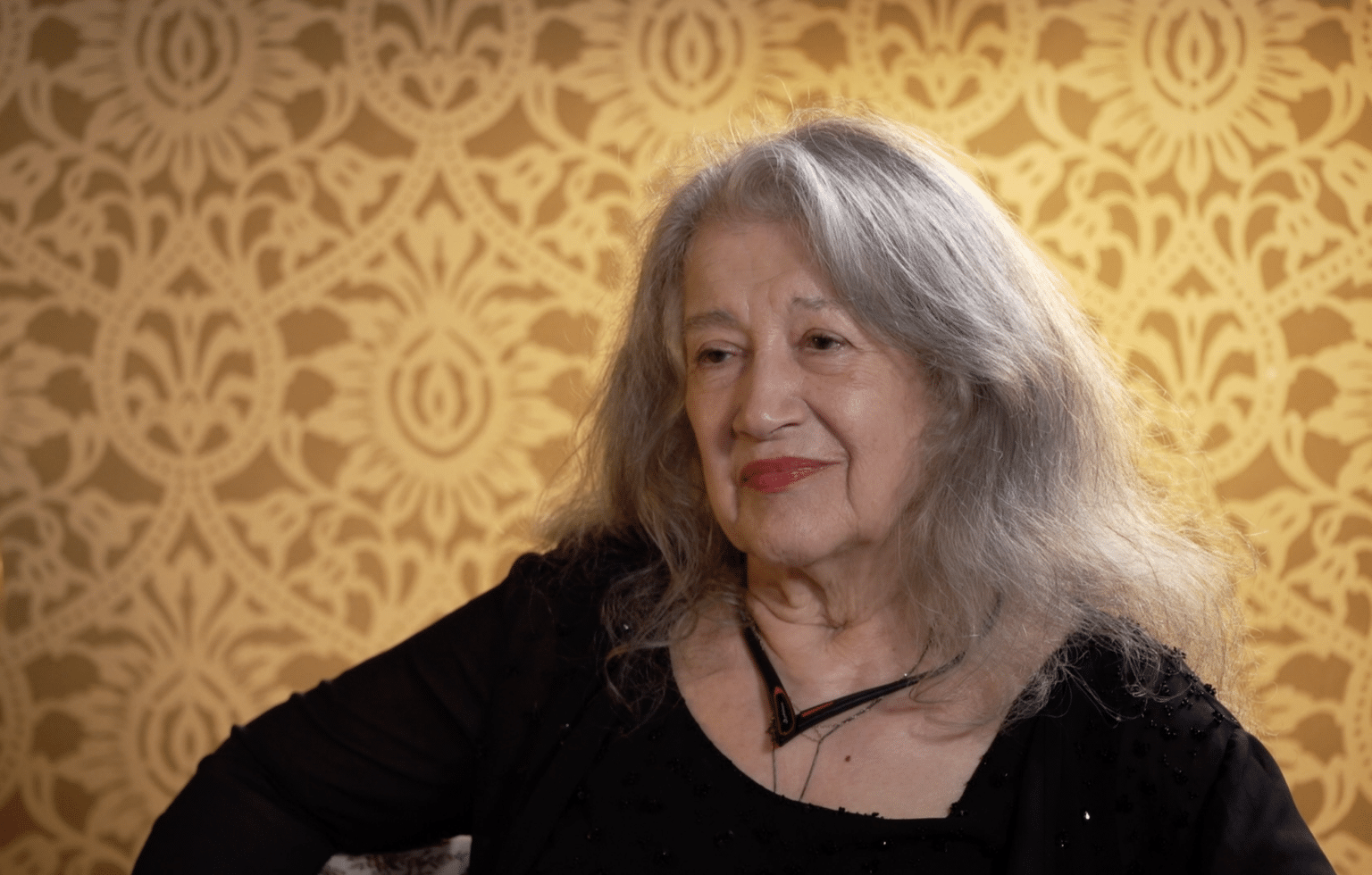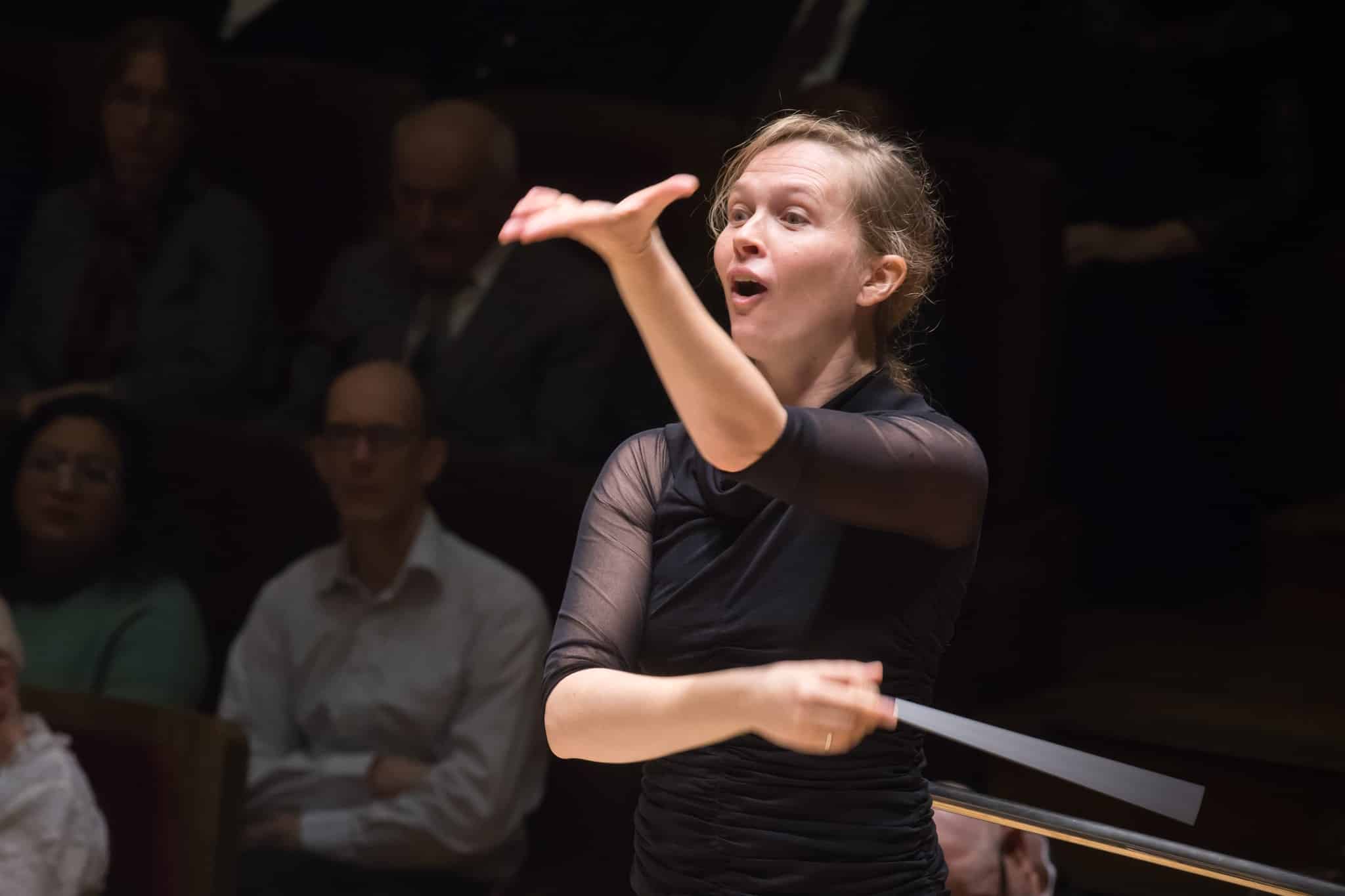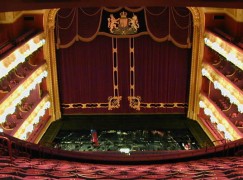Is the Met trying to rig the election with Donald J. livecast?
mainThe irresistible groper is coming tonight to a movie house near you.


The irresistible groper is coming tonight to a movie house near you.

A long time ago I was advised that…

Message from the Munich Philharmonic: This week we…

The leading Mexican conductor Enrique Batiz died yesterday…

In 1999, I named a seat at the…

Session expired
Please log in again. The login page will open in a new tab. After logging in you can close it and return to this page.
Comments